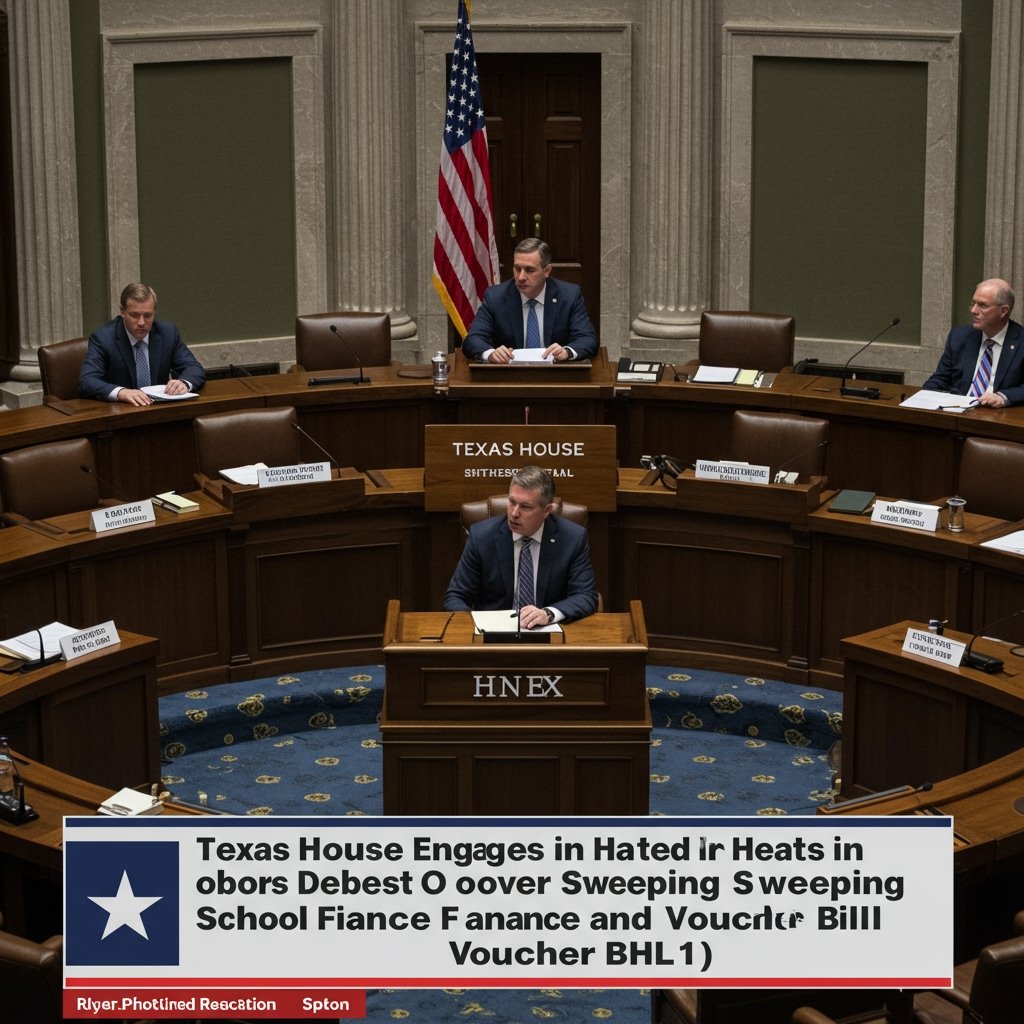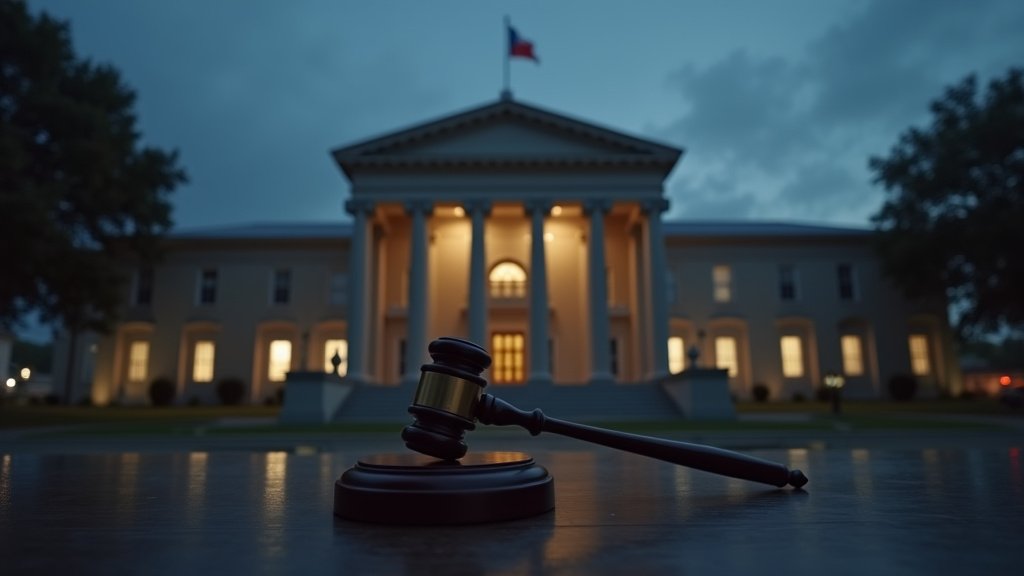Texas House Commences Intense Debate on Transformative Education Bill
A pivotal legislative battle for the future of Texas education is underway in the House of Representatives, as lawmakers today commenced rigorous floor consideration of House Bill 1. This landmark legislation proposes a sweeping overhaul of the state’s school finance system coupled with the introduction of a statewide education savings account (ESA) program, a proposal commonly referred to as a voucher-like initiative. The commencement of full floor debate follows the bill’s passage from committee on February 20th, setting the stage for potentially days of deliberation and votes on proposed changes.
Understanding the Scope of HB 1
House Bill 1 is positioned as a comprehensive approach to address two significant and often intertwined challenges within the Texas education landscape: the funding mechanisms for public schools and the push for expanded parental choice in education. The bill seeks to revise how the state allocates funds to its public school districts, aiming to provide potential increases in per-student funding or adjustments to various funding weights and formulas. Simultaneously, it aims to create the framework for an ESA program, which would allow eligible parents to receive a portion of the state’s per-student allocation to use for approved educational expenses outside of the traditional public school system, such as private school tuition, homeschooling costs, or tutoring services. This dual focus makes HB 1 one of the most watched and debated pieces of legislation this session.
The Core of Contention: Education Savings Accounts
The most politically charged element of HB 1 is undoubtedly its provision for a statewide education savings account program. Proponents argue that ESAs empower parents, particularly those in underperforming districts or with specific educational needs, by providing them the financial means to choose the best educational environment for their children, whether it be a private school, charter school, or homeschooling. They assert that this competition can also encourage public schools to improve. Critics, however, voice significant concerns, primarily focused on the potential impact on public school funding. They contend that diverting state funds to private or homeschooling options could weaken the state’s traditional public school system, which serves the vast majority of Texas students. Questions also persist regarding the accountability and oversight of private entities receiving public funds through an ESA program, arguing that they may not be subject to the same transparency and performance standards as public schools.
Navigating the Complexities of Teacher Compensation
Another area of intense debate within HB 1 centers on the mechanisms proposed for increasing teacher compensation. Recognizing the critical role teachers play and facing ongoing challenges with recruitment and retention, lawmakers broadly agree on the need to enhance teacher pay. However, disagreement arises over how this should be achieved. Points of contention include whether pay raises should be mandated statewide, tied to specific performance metrics or evaluations, funded through increased state appropriations to districts, or linked to other reform measures. Discussions revolve around ensuring that any increase is substantial enough to make a real difference, distributed equitably across districts with varying property tax bases, and provides long-term financial stability for educators. Amendments are expected to target the specific language and funding formulas related to teacher salaries and benefits, reflecting different philosophies on the best way to support the teaching profession.
A Deluge of Amendments Reflecting Deep Divisions
The depth of disagreement on HB 1 is starkly illustrated by the sheer volume of proposed changes filed by representatives. Dozens of amendments have been submitted for consideration during the floor debate. These amendments touch upon various aspects of the bill, likely including attempts to modify the eligibility criteria for ESAs, alter the amount of funding available per student through the ESA program, impose stricter accountability measures on participating private schools, change the funding formulas for public schools, revise the structure of teacher pay increases, or even strip out the ESA component entirely. The multitude of amendments reflects the deep divisions among lawmakers on the fundamental direction of Texas education policy, balancing parental choice, public school sustainability, local control, and state fiscal responsibility.
The Lobbying Front: Advocacy in Action
As the debate unfolds on the House floor, the Capitol building is a hub of activity involving numerous advocacy groups. Organizations representing public school interests—including teachers’ associations, administrators’ groups, school boards, and parent-teacher associations—are actively present, lobbying members to protect and enhance funding for traditional public schools and raise concerns about the ESA program’s potential negative impacts. Conversely, groups advocating for school choice—comprising parental rights organizations, free-market think tanks, and proponents of educational alternatives—are also actively engaging lawmakers, urging support for the ESA provisions as a means of empowering families and fostering innovation in education. Their presence underscores the high stakes involved and the intense public interest surrounding HB 1, with lobbying efforts continuing as discussions progress and votes on amendments are cast.
Looking Ahead: Vote Anticipated Soon
The floor debate on HB 1 is expected to be thorough and potentially lengthy, given the number of amendments and the contentious nature of the bill’s provisions. Representatives will have the opportunity to present their arguments, offer amendments, and engage in debate over the bill’s potential benefits and drawbacks. While the duration of the debate is subject to change, a final vote on HB 1 in the House is anticipated within the next few days. Should the bill pass the House, it will then move to the Texas Senate, where it will undergo further committee review and floor debate, potentially facing additional amendments and changes before it can be sent to the Governor’s desk.






